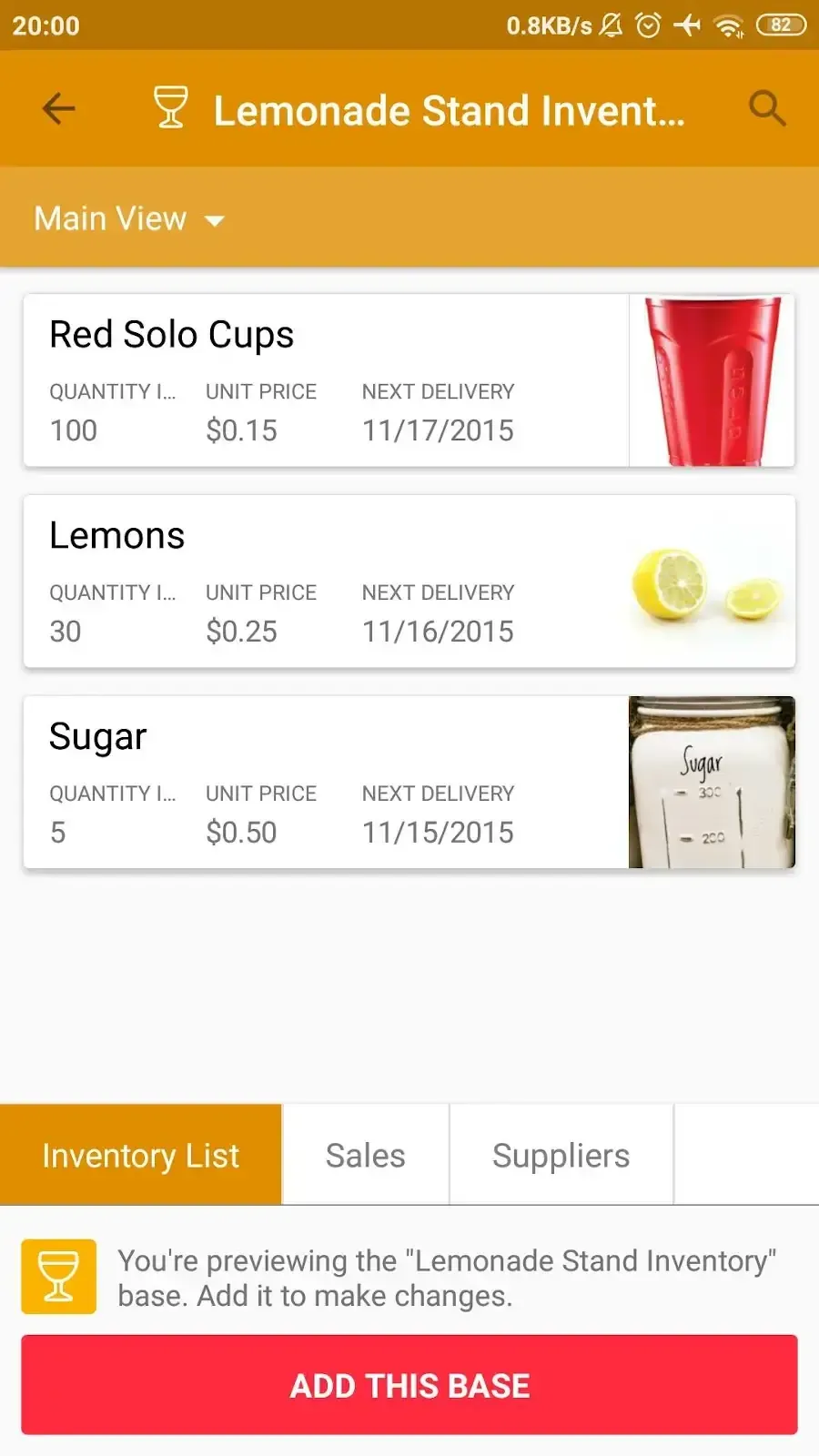Building databases like never before
- 07 May, 2020

There is no doubt Microsoft Excel is one the most popular packages out there. Easy to use and robust. However, having just numbers and text can sometimes be overwhelming for some people.
To be totally fair to the title of this post, it’s true that Excel is not a database program. Microsoft Access is. However, a lot of people are still using Excel files as the source to store and make relationships of their data - which is the main purpose of a database. It doesn’t seem to change any time soon. Actually it’s far more likely that anyone can do some basic operations in a spreadsheet, but not so many people are able to even tell what the Access file extension is.
Going straight to the point, workers in the factory don’t usually check any kind of database during their work hours, despite the benefits and value these provide. We all live in a World where information is key, and there is a huge need for having it accessible to everybody, especially when talking about a factory. Information is normally provided by the team leaders, who have previously sorted it out. The problem is, this sorting activity is very prone to mistakes and can get really time-consuming depending on the size of the factory. Data is printed on papers and handed over to the workers, who might lose them or need more details. Don’t you think it would be much better to have everything in one place, with all the information digitally accessible to all the workers? What about mobile-friendly design? This could be a great benefit for some workers, as they won’t need to carry a big laptop with them to check the data.
As for the people in front of the screen feeding and filtering the data, it’s really annoying having to work with several people using the same file at the same time. The collaborative side of working in the cloud is almost never used in the factories. People normally work with an Excel file in a shared folder, so when Antonio is using the file, Alberto is only allowed to work in read-only mode. This is far from good use of technology. Not to mention the lack of possibility of adding files (as images, videos, pdf, etc.) to the dataset. To sum up, spreadsheets are fine for doing operations with numbers and formulas, but there are other alternatives for a factory floor.
Visual management is key to stay productive, and having everything organized in one place helps pretty much on this task. There are some database programs that allow you to filter the information at your own will, share that customize view with your peers while keeping the main dataset intact. This might be extremely useful when working in the planning of a project, where each worker only needs to see their own tasks. You might also want to add images to your inventory database, so that workers don’t get confused about which product is the right one to pick.

What about collaboration and change control management? Cloud solutions allow users to work at the same time in the same database, and everything is kept recorded in the change management system for future checkings. One could keep track of when the competitor price was modified last time, or who modified the deadline of the third task of the project.
Everyone can benefit from these database cloud solutions while improving the workflow of the organization. While databases are built to show the relationship between data, many of them still keep the operations and formulas functionalities. Every worker could be able to have the information on the palm of their hand, in an interface visually appealing, easy to use and as powerful as the team leader’s papers.


